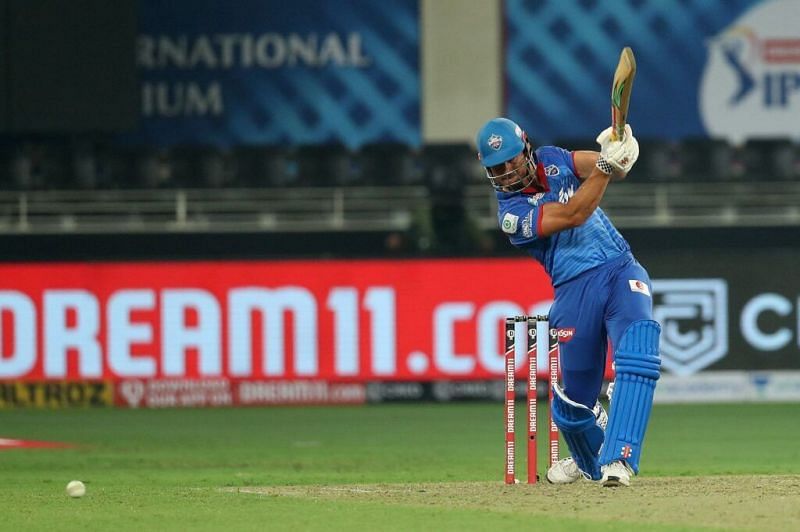
Ambient sounds at IPL 2020 might just be 'ugh' if you are a player
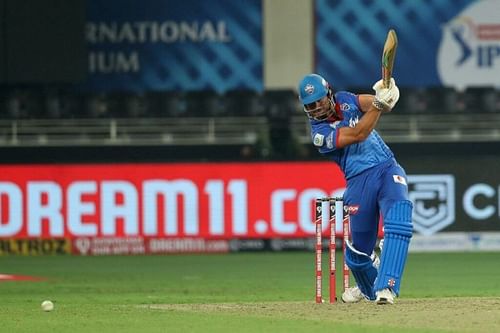
In his mystical bestseller Brida, Paulo Coelho writes:
'For millions of years, we (human beings) only ever spoke to someone we could see; then, in less than a century, "seeing" and "speaking" were suddenly separated. We think it's quite normal now and don't realise the huge impact it has on our reflexes. Our body still hasn't got used to it.'
Coelho is, of course, speaking about telephones.
'The practical result is that when we speak on the phone, we often enter a state very similar to certain magical trances', he carries on. 'Our mind tunes into another frequency and becomes more receptive to the invisible world ... Some witches always keep a pen and paper by the phone and, while they're talking to someone, they sit doodling apparently nonsensical things. When they hang up, though, they find that their "doodles" are often symbols from the Tradition of the Moon (a spiritual practice common among Zorashtrian maguses).'
Years after the publishing of The Alchemist, few people buy Coelho's words. They are often weird and serve little purpose in regaling a plot-based narrative. Few people believe in the Tradition of the Sun or Moon, because Zorashtrianism is on the decline. But that matters less, of course, than the fact that in another corner of the world, Kevin Pietersen is sick of commentary.
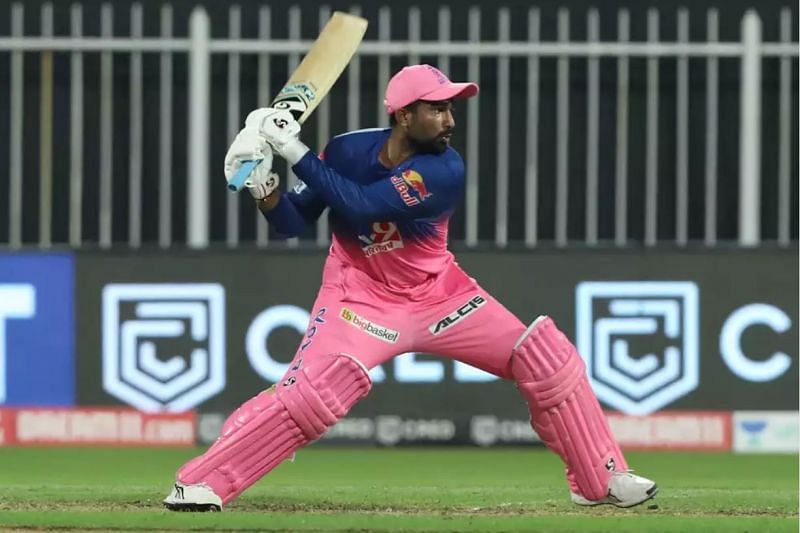
Marcus Stoinis is penning his magnum opus. He has yanked Delhi Capitals from the hopeless waters of 23-3 to a respectable 157-7, with a sprawling half-century off only 19 balls. But an impassive Pietersen heads downstairs, far from the air-conditioned comfort of the commentary box, into the stifling heat of Dubai. Naturally, there are no usual sights of crowded splendor from where he is standing, because he is standing in a bio-bubble. Yet, Pietersen is flabbergasted: the ambient crowd noises are the source of the man's awe.
From the clunky half-cooked saunas they were in the first game, extraordinary improvements have been made in the second. They are rising and falling graciously with every moment, making it sound nearly as 'real as the real thing'. Unable to contain the gates of joy that his mind has opened up, Pietersen tweets:
Then it latches on. Before the networks of ISP providers that make the magic of internet possible tactfully apprehend it, a Twitter user does.
She's had the thing in her mind for a couple of days apparently. Do the noises that play out in the broadcast go straight to the live feed or get belted out live in the ground?
Aakash Chopra asks the question, answers himself, and in the process joins the chorus.
Basically, Pietersen confirmed that the canned noises that went into the broadcast stream were audible to the players too. If we were to buy Coelho however - and some teensy-weensy scientific evidence - that is not a favourable occurrence.
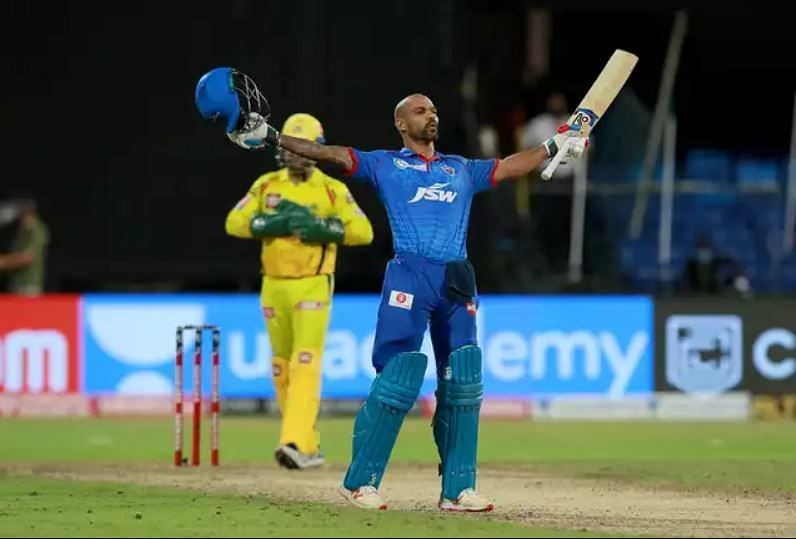
Yesterday, Sanju Samson spooned a catch to a gleeful long-off as daftly as a potato; Steve Smith bowled Jaydev Unadkat in the penultimate over with Jofra Archer free for another over. CSK grassed five opportunities on the field. Despite being minor errors, all these brain-fades had massive influences on the eventual outcomes of the games. They are interesting because the mouth-less ambient noises may have had a part to play in them.
For one, more catches are being dropped. As on 12 October 2020, 53 catching opportunities have been fluffed, for a success rate of only 76%. One in four catches are spilled.
CSK, one of the teams with the highest conversion rate of catching opportunities in the year, scuppered five yesterday. Surely, much of it has to do with the rustiness of the pandemic-enforced break, but there could be more.
In the history of humankind, auditory and visual stimuli have always arisen from an equivalent source. For a little less than 6 million years, we have identified 'seeing' and 'hearing' as related experiences. Then, in a spin, the revolution of telephone swooped us, and a casual line was drawn between the two. It is, in part, evolutionary evidence. Like in poetry, dissonance causes strange feelings, and as Coelho said, messes with the mental make-up of individuals.
Similar is the fate of the IPL cricketer. They know the canned audio sounds that permeate the stadium like discordant dogs, but their minds, unable to recognise a source, twitch and grope. They know of the cool and barmy DJ that sits on his seat and jols, but the customary visual impulse provided by the sight of the shrieking fan and their pulsing throats is absent.
The resultant separation of audio and the visuals that have come to be associated with it is like the experience of using a telephone: the mind enters a limbo, where if Coelho's 'witches' doodled, symbols of ancient spiritual practices would appear.
If you don't fancy Coelho, there's more. In recent research history published in 2013, psychiatrists Adrian F. Ward and Daniel M. Wegner call the outcome of this situation 'mind-blanking'. According to them, mind-blanking represents a 'decoupling of perception from attention': a mental state that 'ostensibly prevents the victim from consciously processing stimuli'.
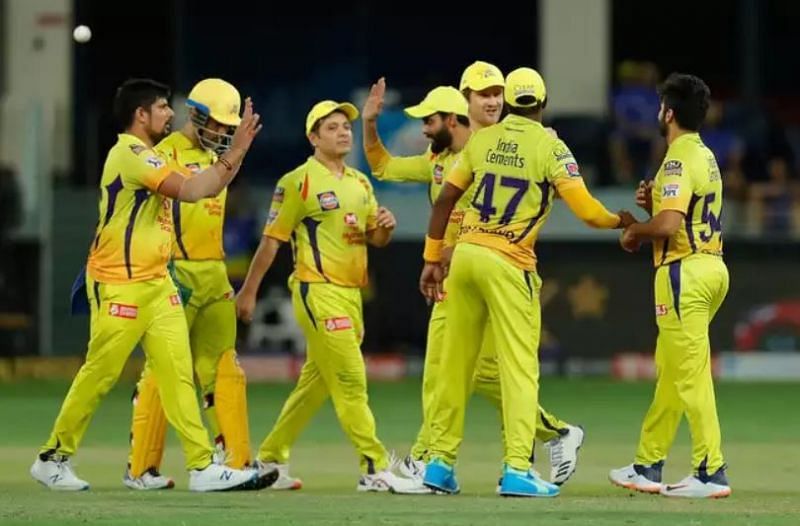
In a sport of tiny margins like cricket, such mind-blanking spawned by a machine that bellows into the air the sounds that have come to be associated with a certain physical presence, in the absence of that physical presence, can be fatal.
Despite ceaseless iterations of 'playing the ball on merit', a batsman is supposed to assess the quality of line and length in the fraction of second that succeeds its delivery; a fielder is supposed to judge a catch under phantasmagorical pressure.
There is little time to summon the services of the mind separately, for by then the event is over.
What makes this conundrum as cumbersome as quarantine and social distancing for cricketers is that it is not identified. As sportsmen at the highest stage, they are bound like slaves to denial and self-criticism, for on the unforgiving ladder to superstardom, they have been conditioned so.
The cause will be unidentified despite the symptoms of infrequent wanderings and limbos. Like hidden poverty, it seeps through their brains, and keeps sapping them.
It may be a mere something, or a bulky coincidence. It may not exist, even. Yet, as something that has been seen and stated past cricketing circles, it is worth extrapolation into the outfield in these troubled times. Ambient crowd noises add a great deal of value to the official stream, but do these players really need their perfunctory motivation when 18 international games of the same sport have just been played out in their not-so-scuttling absence?
It is possible that the answer is no.
Click here to see IPL 2020 dates.